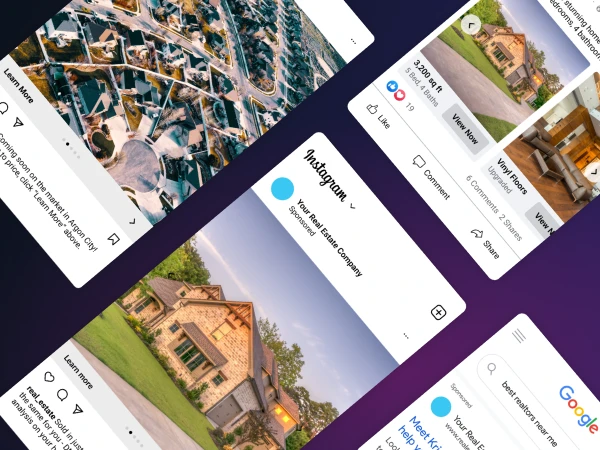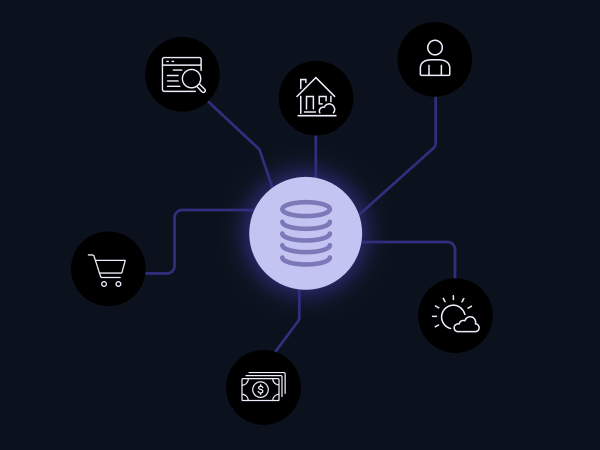
6 ways to leverage data for location-based digital marketing
Share
Schedule a 30-min marketing strategy call with our team
Unlock the power of data and boost your marketing impact for each location
In today’s digital age, data has become a powerful asset for businesses looking to enhance their marketing efforts. The ability to leverage data for location-based digital marketing has opened up new possibilities for targeting specific audiences, personalizing campaigns, and automating marketing processes.
By tapping into various types of data, businesses can optimize their strategies, boost their ROI, and achieve better results. In this blog post, we will explore six impactful ways to leverage data for location-based digital marketing. From HR and product mix data to weather and social insights, we’ll delve into the benefits, implementation ideas, and real examples of how you can utilize data to supercharge your marketing efforts.
1. HR
When it comes to human resources, connecting relevant data can be a game-changer. By integrating HR data such as time-to-hire and shift coverage, you can unlock powerful insights and opportunities to optimize your digital marketing efforts.
For instance, if there are shifts that consistently have staffing shortages or high turnover rates, this data can be used to trigger automated ads to recruit new employees. By leveraging this data for location-based digital marketing, you can proactively address staffing issues, ensure seamless operations, and minimize disruptions.
You can learn more about how Evocalize helps streamline the hiring process with these types of ads here.
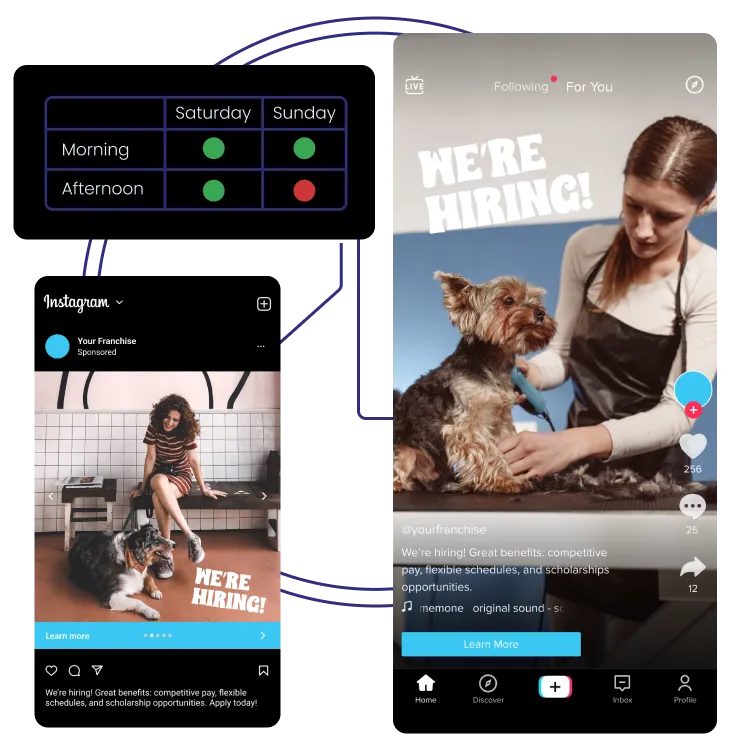
To gather HR-related data, implement systems or tools that track and collect relevant metrics. This may involve using applicant tracking systems (ATS) to capture time-to-hire data or utilizing workforce management software to monitor shift coverage.
2. Product Mix
By analyzing point-of-sale data, you can gain valuable insights into which products are selling well and which ones are lagging behind. You can then tailor your campaigns and ads to focus on the products that have the highest demand, maximizing your marketing efforts and driving better results.

One of the key benefits of utilizing product mix and point-of-sale data is the ability to create targeted and personalized campaigns. By combining point-of-sale data with customer engagement data, you can identify patterns and trends in customer preferences. For instance, if a particular product is experiencing high sales, automatically trigger ads or promotions to further capitalize on its popularity and drive additional sales. Conversely, if there is excess inventory or a decline in sales for a specific product, create targeted campaigns aimed at increasing demand and clearing out inventory.
To access product mix and point-of-sale data, implement integrated systems that capture and analyze data from their sales transactions. Point-of-sale systems, customer relationship management (CRM) platforms, or e-commerce platforms often offer reporting features that provide insights into product performance. Also, we recommend exploring data integration solutions to connect various data sources, allowing for a comprehensive view of product mix and sales data for location-based digital marketing.
3. Weather
Another way to leverage data for location-based digital marketing is to incorporate weather data. This allows you to tailor ads and promotions to align with the current weather conditions in specific locations. This level of personalization allows you to create more relevant and timely messaging that resonates with your target audience.
For instance, a restaurant can automatically launch ads promoting warm soups and cozy meals on cold days, while refreshing cold beverages and salads can be highlighted during hot weather. By aligning their offerings with the weather, businesses can increase their chances of capturing consumer interest and driving sales.
Related: How restaurants are using generative AI to enhance efficiency and customer experience
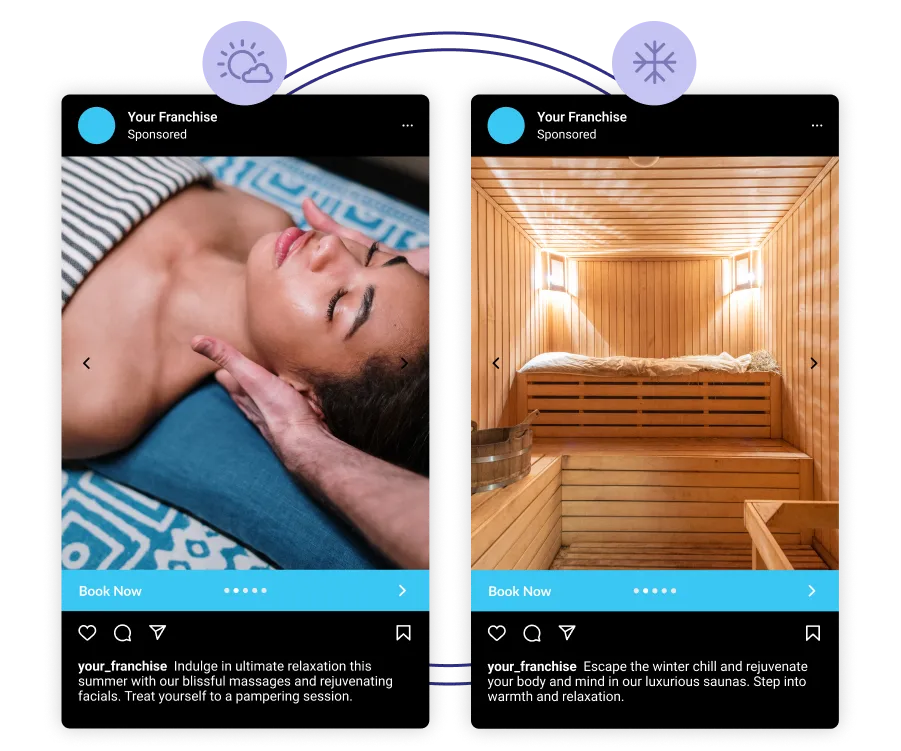
Leveraging weather data also helps you plan ahead and anticipate shifts in consumer behavior. For example, retailers can adjust their inventory and promotional strategies based on upcoming weather forecasts, such as stocking up on summer apparel and accessories in anticipation of a heatwave. Stay ahead of the curve and proactively tailor your marketing efforts to capitalize on weather-related consumer preferences.
To access weather data, utilize various weather API services that provide real-time weather information for specific locations. These services offer a wide range of weather data, including temperature, precipitation, wind speed, and more.
4. Social & News
According to this article by Entrepreneur, “boosting your visibility within the community is essential for long-term success.” Social and news data can be a goldmine for making your digital marketing efforts more effective and can be automated too!
By tapping into the latest trends, conversations, and news topics, you can stay relevant and engage with your target audience in real time. Leveraging social and news data allows you to align your ads and campaigns with what people are talking about, increasing the chances of capturing their attention and driving meaningful interactions.
Utilize social listening tools and media monitoring platforms to track trending topics and gather insights on social media platforms, news websites, blogs, and forums. By setting up relevant keywords, hashtags, or specific topics, you can receive notifications or reports about the latest discussions and news related to your industry. This data can then be used to inform your digital marketing strategies and create compelling ads that align with current trends and conversations.
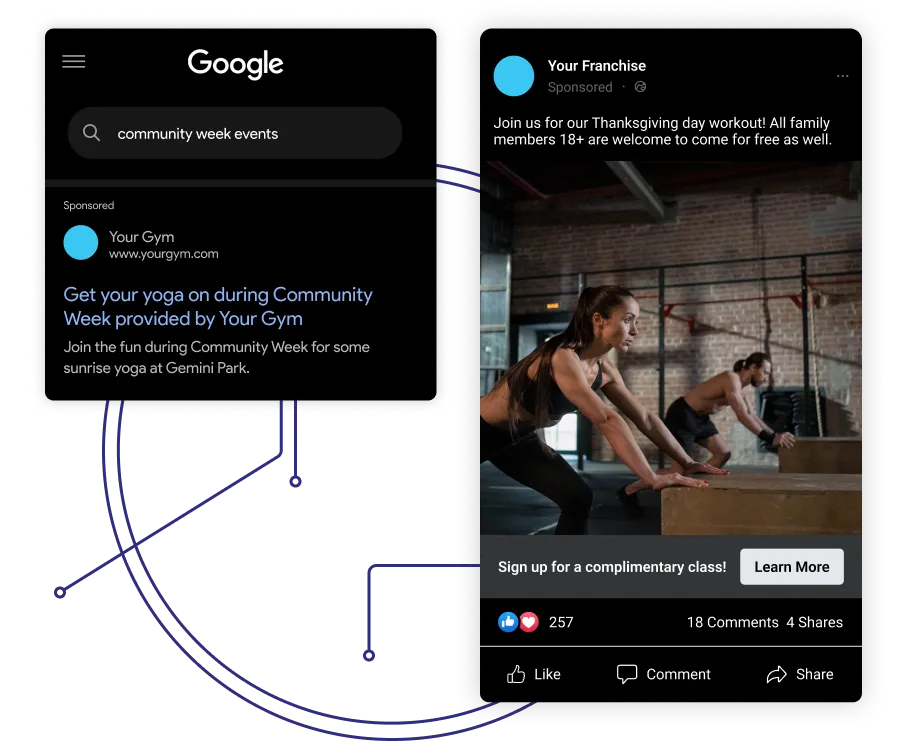
Evocalize makes this even easier by empowering local franchise owners to launch their own digital marketing programs since they have a better understanding of what is happening in their area. Learn more about how franchisees can execute complex digital marketing programs with just a couple of clicks here.
5. CRM / CDP
The next way to use data for location-based digital marketing is to connect CRM (Customer Relationship Management) and CDP (Customer Data Platform) data. They are powerful tools to better understand your customers, personalize your marketing messages, and deliver targeted ads that resonate with each individual.
One of the key benefits of using CRM and CDP data in digital marketing is the ability to segment customers based on their specific attributes, behaviors, and preferences. This level of personalization enhances the relevance and effectiveness of the ads, leading to higher engagement and conversion rates.
For example, you can create segments based on demographic information, purchase history, browsing behavior, or engagement levels. Then serve targeted ads to each segment, highlighting products or services that align with their interests or offering personalized promotions based on their previous interactions.
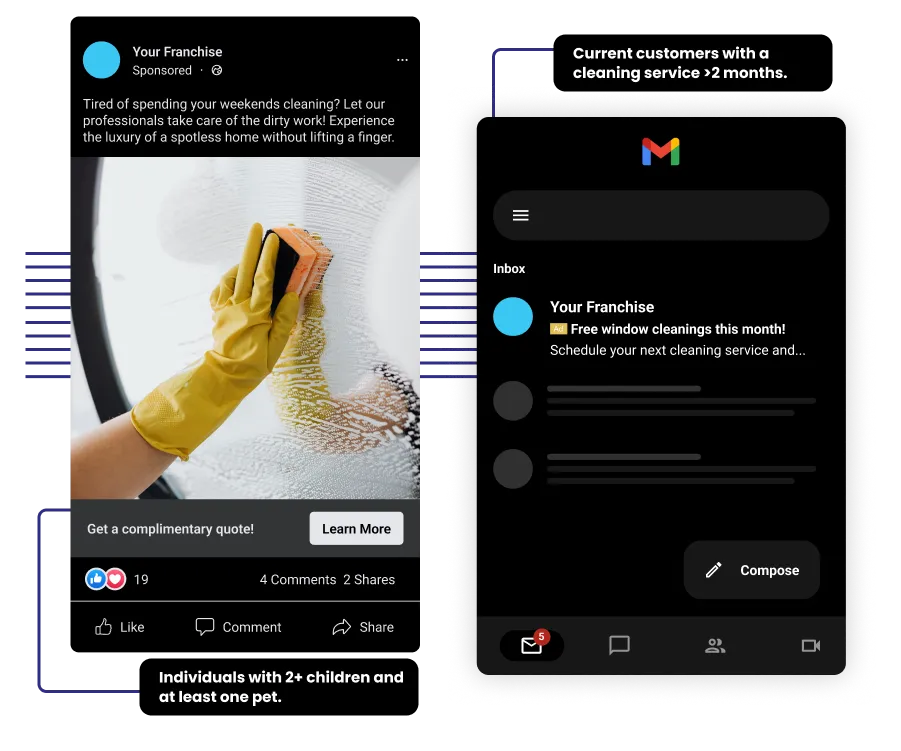
6. Loyalty
When customers provide their information in-store, on your website, or on your app, this data can be used to collect purchase history and recency. This data can be used to create targeted and personalized ad campaigns that drive customer loyalty and maximize the impact of marketing efforts.
By analyzing customers’ purchase history and recency, you can identify patterns, preferences, and trends that inform the creation of tailored ad campaigns. For example, target customers who haven’t made a purchase in a while with exclusive offers or discounts to encourage repeat purchases. Showcase personalized product recommendations based on customers’ past purchases, enhancing the relevance and appeal of the ads. You can also segment customers based on their loyalty status, such as frequent buyers or high-value customers for maximum engagement.
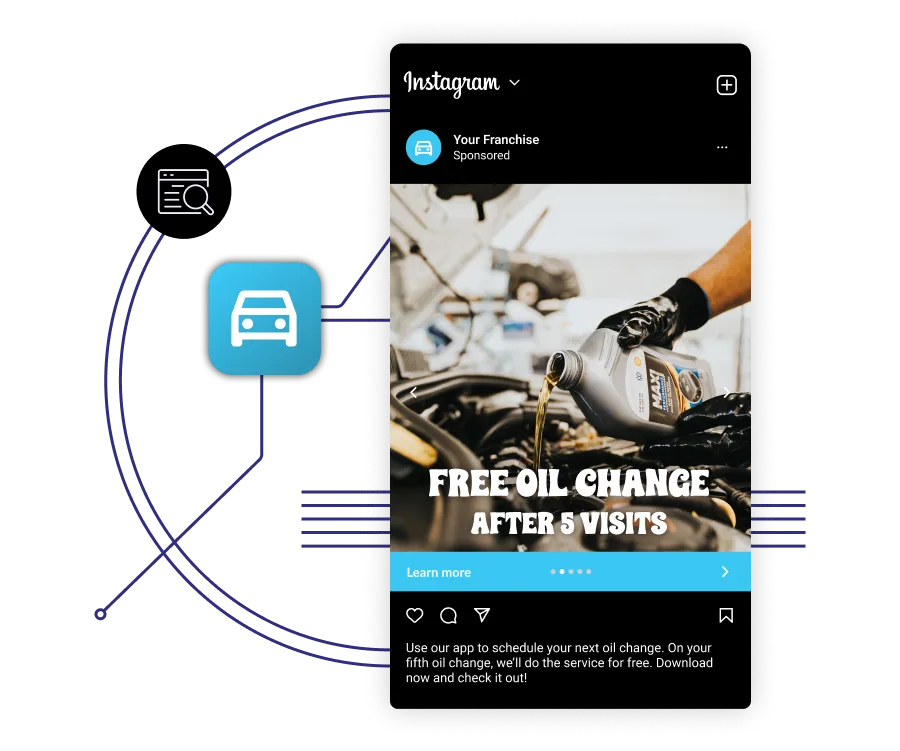
To collect loyalty data, track in-store transactions through loyalty cards or customer accounts. Website and app data can be collected through user registrations, order history, and interactions with loyalty programs. Incentivize customers to provide their information and opt into loyalty programs so you can gather valuable data for location-based digital marketing that are highly personalized.
Summary
By leveraging data for location-based digital marketing in these six ways, you can supercharge your marketing efforts and achieve better results. Connect relevant data, analyze it to gain insights, and tailor your campaigns for maximum impact.
Reflect on the following questions:
- What data do I have today that could drive more customer engagement?
- Where does that data exist?
- What types of data do I wish I had and how can I start collecting it?
Learn more about how Evocalize can unleash the power of your data for location-based digital marketing here.
Share
Subscribe to our blog
Don’t miss a beat in the fast-changing local digital marketing landscape — sign up to stay ahead of the curve!



